How Automated Drilling Rigs Are Shaping the Next Generation of Smart Oilfields
As global energy industries undergo digitalization, automated drilling rigs have emerged as key players of a smart oilfield revolution. These high-tech systems are revolutionizing oil and gas exploration operations by dramatically improving efficiency, safety, and profitability; but what exactly drives this transformation? Here we explore how automated drilling rigs are shaping tomorrow’s smart oilfields.
The Rise of Automated Drilling Rigs
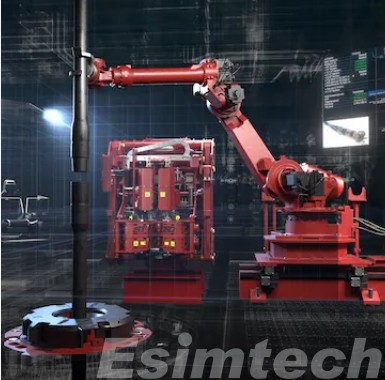
Over the last decade, oil and gas industry operations have experienced an extraordinary transformation towards automated drilling operations. Gone are manual drilling operations dependent on large crews performing repetitive, laborious tasks; replaced now are automated drilling rigs equipped with robotics, sensors, and control algorithms. This transition was driven by mounting operational pressures such as fluctuating commodity prices, stricter safety regulations, and an increasing focus on environmental stewardship.
Automated drilling rigs utilize real-time data collection and machine learning algorithms to continuously adjust drilling parameters in real time, thus decreasing nonproductive time (NPT) and overall operating costs. Robotic pipe handling systems remove crews from hazardous zones to increase worker safety; edge computing platforms process massive downhole data on location without incurring latency issues for quick decision making; digital twin technology amplifies these benefits further by creating virtual replicas of drilling assets to allow engineers to simulate operations before conducting them in the field.
As more leading oilfield service companies and operators integrate automated drilling rigs into their fleets, their market is projected to experience compound annual growth rate (CAGR) rates exceeding 10% through 2030. This rise demonstrates not only industry’s commitment to efficiency and risk mitigation, but it’s also another vital step toward realizing the smart oilfield of tomorrow.
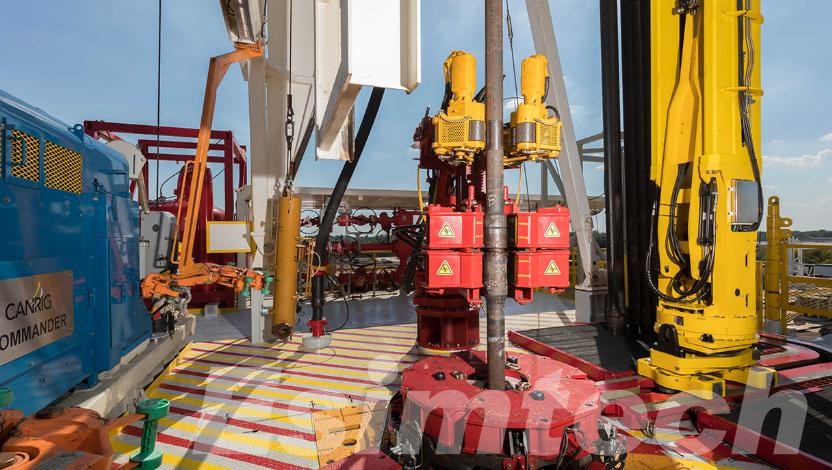
Core Technologies Behind Automated Drilling Rigs
Automated drilling rigs are the result of integrating several advanced technologies that work in unison to optimize performance, improve safety, and reduce operational costs. The most critical components powering these rigs are intelligent, data-driven, and capable of real-time adaptability. Here are the four most important technologies driving this transformation:
1. Artificial Intelligence (AI) and Machine Learning (ML)
AI and ML lie at the core of modern drilling rig automation. These technologies process massive volumes of operational data relating to torque, weight on bit, rate of penetration, and vibration to continually optimize drilling performance. Algorithms utilize this historical and real-time information to predict outcomes, recommend changes, or execute adjustments automatically based on historical and real-time insights, reduce equipment downtime by significantly and significantly improving efficiency; additionally, they aid predictive maintenance by recognizing patterns that signal impending problems, allowing operators to take preventative steps before failure occurs.
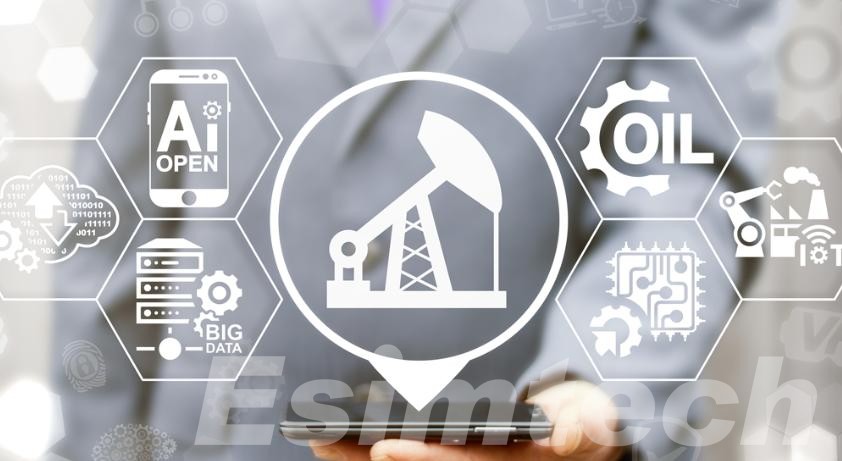
2. Robotic and Automated Control Systems
Mechanical automation has drastically reduced the need for manual labor in high-risk drilling tasks. Robotic systems handle functions such as pipe handling, tripping, and rig floor operations with high precision and consistency. These systems improve safety by minimizing human exposure to dangerous zones and increase operational speed by reducing time-consuming manual processes. Automated control systems ensure seamless coordination across rig components, enabling hands-free operation for key phases of the drilling process. As a result, rigs can operate around the clock with minimal intervention, reducing human error and boosting productivity.
2. Drilling Simulation and Digital Twin Systems
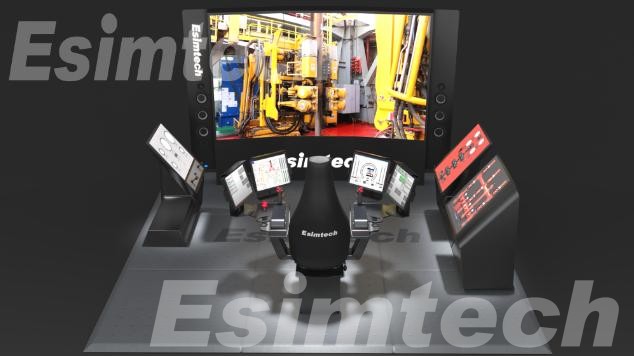
Simulation platforms and digital twin technologies enable operators to model, test, and refine drilling strategies prior to carrying them out in the field. A digital twin provides a real-time virtual replica of physical assets and operations updated live with live data from rigs; engineers use these tools to simulate various drilling scenarios while also assessing risks and optimizing well plans based on geology conditions. Such systems improve decision-making while decreasing trial-and-error in the field for faster drilling with reduced disruptions.
3. Edge Computing and IoT Integration
Edge computing enables local processing of drilling data at the rig site for quick response times when making decisions automatically. Coupled with IoT sensors and devices, automated rigs can monitor pressure, temperature, vibration and other key parameters in real-time using edge computing rigs paired with IoT connectivity; such interconnection allows constant communication among components as well as remote control centers to ensure high levels of precision and responsiveness while decreasing cloud latency dependency allowing performance even in remote locations with limited connectivity.
These four core technologies form the cornerstone of automated drilling rigs and smart oilfields, revolutionizing oil extraction operations with unprecedented levels of efficiency, safety, and cost-cutting effectiveness, creating the infrastructure needed for more sustainable oil and gas extraction activities in future years.
Benefits of Automated Drilling Rigs in Smart Oilfields
Automated drilling rigs are revolutionizing smart oilfields by offering significant gains across safety, efficiency, and operational performance.
- One notable benefit is improved drilling precision and speed; automation reduces variability in operations so rigs can drill faster while still meeting consistent quality levels to shorten overall well delivery times.
- Security has also been significantly enhanced through automation systems. By taking away personnel from potentially hazardous areas–like the rig floor–robotic pipe handling robots, real-time monitoring systems, and predictive analytics ensure potential hazards can be identified and dealt with proactively.
- Cost efficiency is another major benefit of automation technology. Although initial investments may seem high, automation technology helps save on labor expenses by decreasing downtime, as well as lowering maintenance expenses due to predictive diagnostics and smarter operations.
- Automated rigs enable data-driven decision making. Real-time streaming data from sensors and analytics tools enables operators to immediately optimize drilling parameters on the fly for improved well placement, reduced nonproductive time (NPT), and overall asset productivity increases.
- Environmental performance can also be enhanced via more precise drilling and decreased energy waste, helping oil companies meet regulatory requirements and sustainability goals more easily. Automation technology has proven essential in driving long-term operational success in smart oilfields.
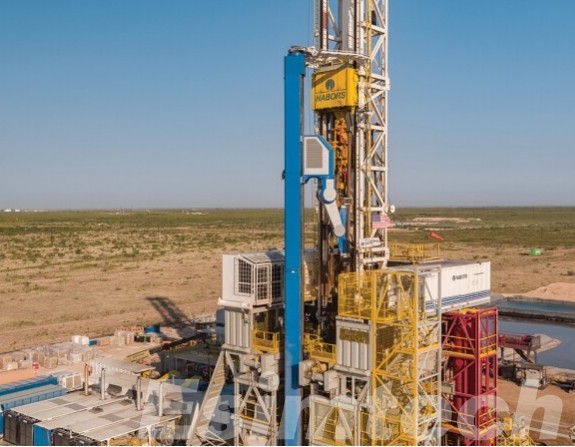
Conclusion
Automated drilling rigs are revolutionizing the oil and gas industry, creating smarter, safer oilfields through advances such as AI, IoT, and robotics. Their advancement sets new benchmarks of operational excellence.
As oilfield operations embrace digital transformation, automated drilling will become the norm and increase sustainability and profitability in their operations. Companies investing now will lead the next generation of energy production.
By harnessing automation, the future of oilfields lies not simply in extractive activities but ratherin intelligent resource management based on big data analysis.
